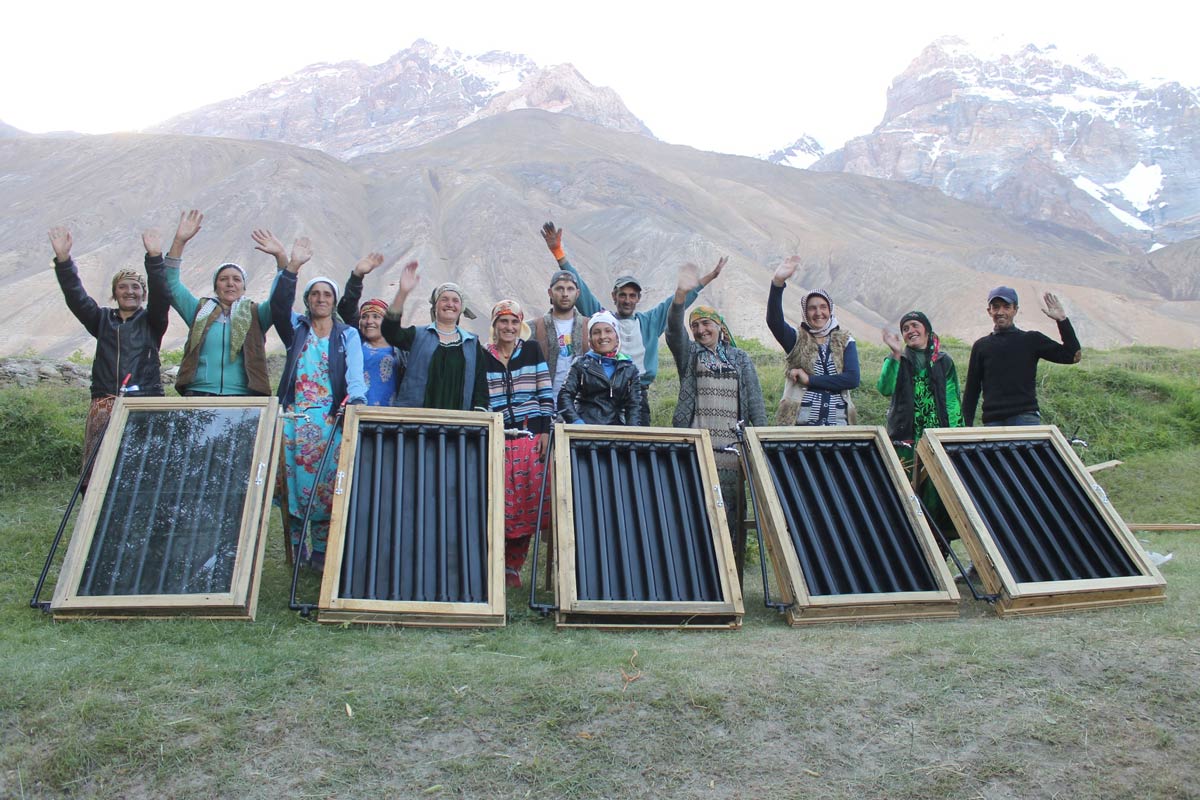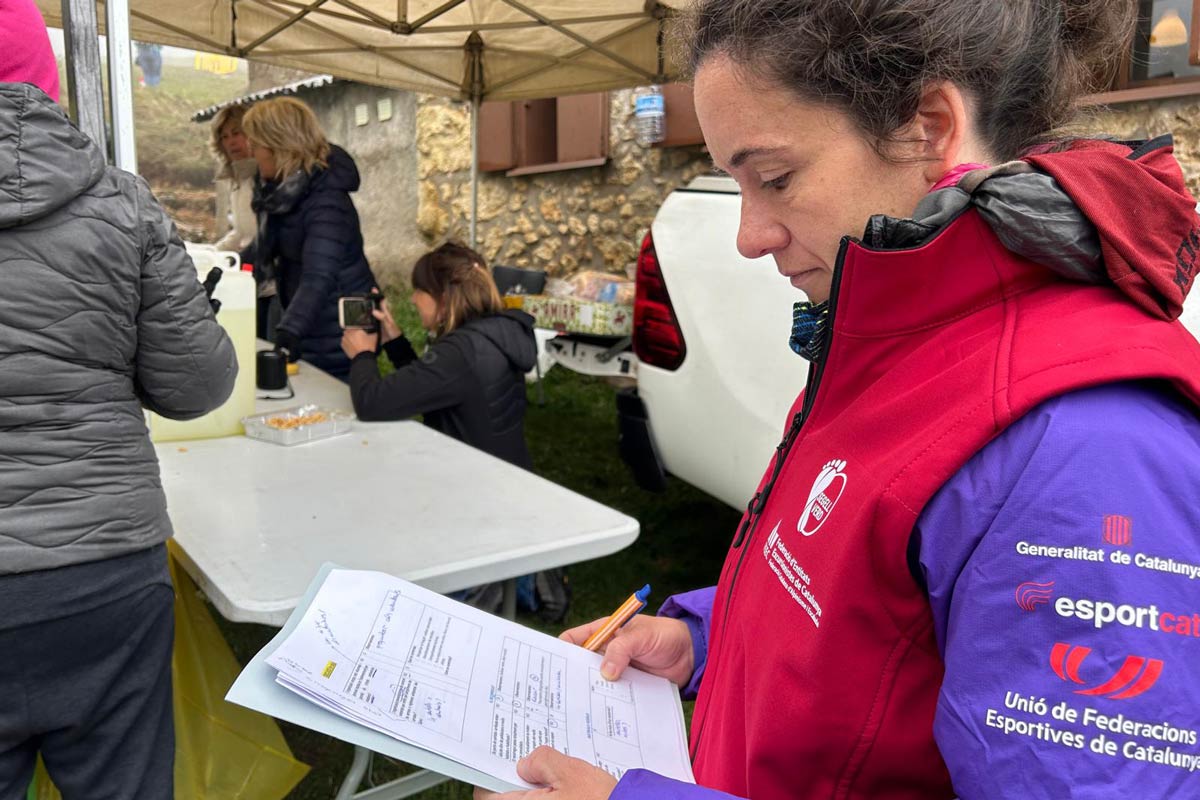OVERVIEW
In the remote Bartang Valley of the Pamir Mountains, the Little Earth project introduces solar home appliances, empowers women as problem solvers, improving lives and protecting a sensitive ecosystem. The project aims to contribute to the improvement of the local community’s living conditions and to the sustainable use of local natural resources through the introduction of green energy technologies, raising education on the subject and strengthening cooperation between the local stakeholders in the upper part of Bartang valley in Pamir, Tajikistan.
—
Vision, goals and objectives
In the remote Bartang Valley of the Pamir Mountains, Little Earth introduces solar home appliances and empowers women as problem solvers, improving lives and protecting a sensitive ecosystem. The project aimed to contribute to improvement of life conditions of local communities and to the sustainable use of local natural resources through introduction of sustainable energy technologies, raising awareness of local inhabitants and strengthening cooperation between local stakeholders in upper part of Bartang valley in Pamir, Tajikistan. Rural inhabitants of Pamir highlands of Tajikistan are particularly vulnerable to energy poverty. Factors in this are extreme weather conditions which can isolate mountain areas for several months of the year, a poorly maintained infrastructure and increasing unpredictability of the climate. Remote mountain villages already facing energy problems due to lack of access to central grid and shortage of available biomass used for cooking and heating. Forest cutting leads to environmental degradation and an increased number of natural disasters. Lack of essential resources escalates conflicts for available fire wood and biomass. Lack of access to such services as power supply affects vital activities of local communities and reduces their ability and capacity for further development.
Objectives of the project included:
- Strengthen communities’ capacity (with focus on women) through awareness raising activity and trainings on sustainable energy;
- Improve quality of life of local communities through introduction of energy efficiency alternatives and renewable energy technologies;
- Reduce pressure on local landscapes and ecosystems through better energy resources management.
Expected implementation and outcomes
In these remote communities, women and children are disproportionately affected by the burden of gathering fuel and by the health impacts from smoke inhalation from traditional stove use. Women are also underrepresented on natural resource management committees and have less access to services that would enable them to increase their productivity. Little Earth is successfully shifting this dynamic by specifically providing the women from target villages with the tools and training to improve their families’ energy situation.
Capacity building: Within three years, in five target villages (Roshorv, Ruhch, Nisur, Pasor and Bopasor), three round tables were organized and held with the participation of local authorities and activists, five open exhibitions on energy conservation and renewable energy sources for villagers, five trainings for women on the role of women in sustainable management of natural resources and community development, five practical seminars on the construction of solar devices were held, a study tour was organized for 15 of the most active project participants. During this period, around 500 locals raised awareness about sustainable energy solutions and gender issues, 55 local women have increased their capacity and acquired new knowledge and skills.
Sustainable use of energy resources: For the most vulnerable families (about 250 people), 55 sets of devices were provided. Each includes efficient cooking stove, solar parabolic cooker, solar portable lantern and pressure cooker. The project improved the population’s access to clean and independent energy sources and helped to develop more efficiently allocation of the available resources.
Conservation of ecosystems and biodiversity: Thanks to the introduced technologies, the load on the biomass – the main source of fuel for cooking and heating in the target communities has decreased. This reduced the pressure on vegetation, which in turn prevents the destruction of ecosystems and preserves the local biodiversity. Conservation of forests and vegetation in the upper part of river streams is particularly important for mitigation the possible adverse effects of climate change. According to preliminary estimates more than 350 tons of firewood have been saved so far. A garden has been created in one of the target villages, where 300 seedlings of mixed tree species have been planted.
Reducing the risk of natural disasters: Forests and bushes contribute to the preservation of soil and strengthening mountains slopes. That significantly reduced the risk of natural disasters such as landslides and mudflows. Forests are natural barrier to such hazards and they significantly reduce the volume and scale of the possible damage. It also helps reduce the risk for existing infrastructure (such important in mountain communities) – like roads, power lines, etc.
Jobs and livelihoods: For project participants, having the luxury of extra hours during the day (previously spent gathering wood) and evenings illuminated by solar lanterns means having the time to pursue new sources of income such as embroidering or knitting items to sell and youth have time to study and are able to stay in school. The net result is improved livelihoods for these families and their communities. Thanks to the project the time for collecting firewood has been reduced by at least 20%. In addition, sanitation was improved and related energy costs reduced. A mini-sewing workshop powered by solar energy was established in Nisur to provide jobs for two to three local women.
Renewables and resource efficient technologies significantly reduced firewood consumption, CO2 emission and indoor pollution, improved comfort and sanitation, saved funds and lightened the work required for wood collection. Trainings and practical experience for local women enhanced their capacity and enabled them to become agents of change. Project implementation helped to preserve nature resources and local traditions and at the same time improved quality of life.
Climbing, mountaineering or outdoor sport focus
The project is not directly related to the support or development of mountain sports or climbing, however, in a number of target villages there are guesthouses that provide basic services to tourists visiting the valley. By improving conditions and reducing the pressure on natural resources, the project helps preserve the beauty of the landscape and improves the quality of services provided to tourists and mountain lovers. And by building the capacity of local women, we encourage them to be involved in the development of their communities, including supporting their traditional gardening and sewing initiatives. After a study tour in 2019, a number of our women participants signed agreements with the organization of ecological tourism in the regional centre and now sell them custom-made traditional knitted goods, others want to learn how to conduct local tours for visitors.
Best practice in mountaineering and mountain-based sports for mountain protection
The Little Earth does not just arrive in a village and hand out free equipment. Rather, engagement begins with workshops to facilitate discussion and problem solving among women in the village; seeking opinions and solutions from women is highly unusual in this place and culture. Then, together, the women both learn to construct some equipment using their own hands and also vote on which families from their villages should receive new equipment. The equipment includes solar cookers, solar dryers, water heaters, and pressure cookers.
Openness and inclusiveness: The project is committed to the principle of openness and inclusiveness. Before starting the main activity of the project, the Little Earth collected general information about the villages, consulted with local activists and authorities. Later, general meetings and open exhibitions were organized in the villages, where those who wished could get information about the project, learn about the technologies that will be disseminated, ask questions or share their opinions. Information about events, general reports and other materials are always open for general access. In a number of cases, based on the proposals and wishes of the project target group, adjustments were made to the work plans and action programs.
Gender equity: The entire focus of the project has been on women’s empowerment. Many of the project participants expressed that they had never been asked for their views or opinions on their communities’ problems before. Simply by opening up discussions and offering examples of women from other villages who have acted as problem solvers, the project is already having a significant impact on target communities. In addition to empowering women (a traditionally marginalised group in Tajikistan), the project focuses on the most vulnerable families in a given community.
Local capacity and resources: The project aimed to ensure maximum use of local resources and support local communities. A number of practical workshops for participants in the target communities were carried out by hired local craftsman. Little Earth continued to involve active women – participants in the decision-making process. In 2019, in five villages, women’s groups independently identified the beneficiaries in their communities, who received a set equipment. In addition, several active women were invited by us as speakers and took part in seminars where they shared their own experiences with others. Employees always stay at family homes or local guesthouses to support the local economy. For the same purpose, local products and services are used to organize events.
Reliable technologies: The devices and equipment that were distributed within the framework of the project are inexpensive, user-friendly, convenient in operation and durable (it does not have any moving mechanisms and complex parts) and do not required specific skills. Most of the distributed equipment has a manufacturer’s warranty. For the convenience of users and the sustainability of the project, along with the equipment, the families received instructions in Russian and Tajik. Demonstrations of how the devices work were held in the villages.
To discover more about the UIAA Mountain Protection Award please click here.



